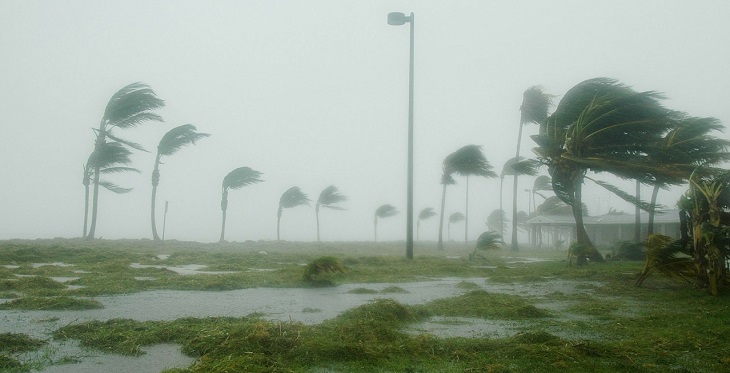There’s no question that telemedicine is incredibly innovative, and changing healthcare as we know it. Beyond that, of great importance is telemedicine’s wonderful potential for disaster planning and recovery efforts.
Telemedicine has proved its potential to transform the healthcare industry in many ways. Doctors can prescribe medication and treatments without ever seeing their patients face to face. Industry experts and experienced professionals can communicate with more people outside their usual network, offering services and guidance.
One of the most influential applications for telemedicine is disaster preparedness and recovery. A hurricane or raging forest fire can make it difficult, if not impossible, for those affected to receive food and other needs, especially healthcare. But remote medicine can provide support to those who urgently need it.
NATO’s Telemedicine Solution
Healthcare providers are incorporating the practice as part of their disaster and recovery plans. The North Atlantic Treaty Organization (NATO), announced in 2017 that it would be rolling out the first multinational, interoperable remote medicine program to assist in disaster response efforts. It was the result of a three-year campaign, which required stringent testing, planning and analytics strategies.
The system can be deployed and leveraged by both military and civilian healthcare professionals. Medical specialists can assess patients, diagnose problems and provide real-time treatment recommendations, without being near the disaster site. Response to disasters takes time, and the remote system speeds it up.
Patient Records in a Pinch
Even during an emergency, doctors have to take into account a patient’s history. This is often difficult, more so during disasters and similar situations. Access to existing records can be limited, if not severed entirely, and the patients themselves may not know the full extent of their information. If the patient is severely injured or not thinking clearly, personal input can be useless.
The conventional method for sharing records is to fax them, even with digital content that is printed first. But if this content is made available digitally it can improve patient care considerably. That is one of the aspects of traditional healthcare that telemedicine helps improve.
Affordable Healthcare
Telemedicine may allow healthcare professionals to offer affordable or even free assistance to those affected. In 2017, in the wake of Hurricane Harvey, many remote medicine vendors worked collectively to provide free services for locals and those affected. Telemental health sessions are available also, to help those under severe stress or trauma cope with their experiences.
In the end, it means access to health care and support for everyone, including those generally disenfranchised but just as affected by disaster.

